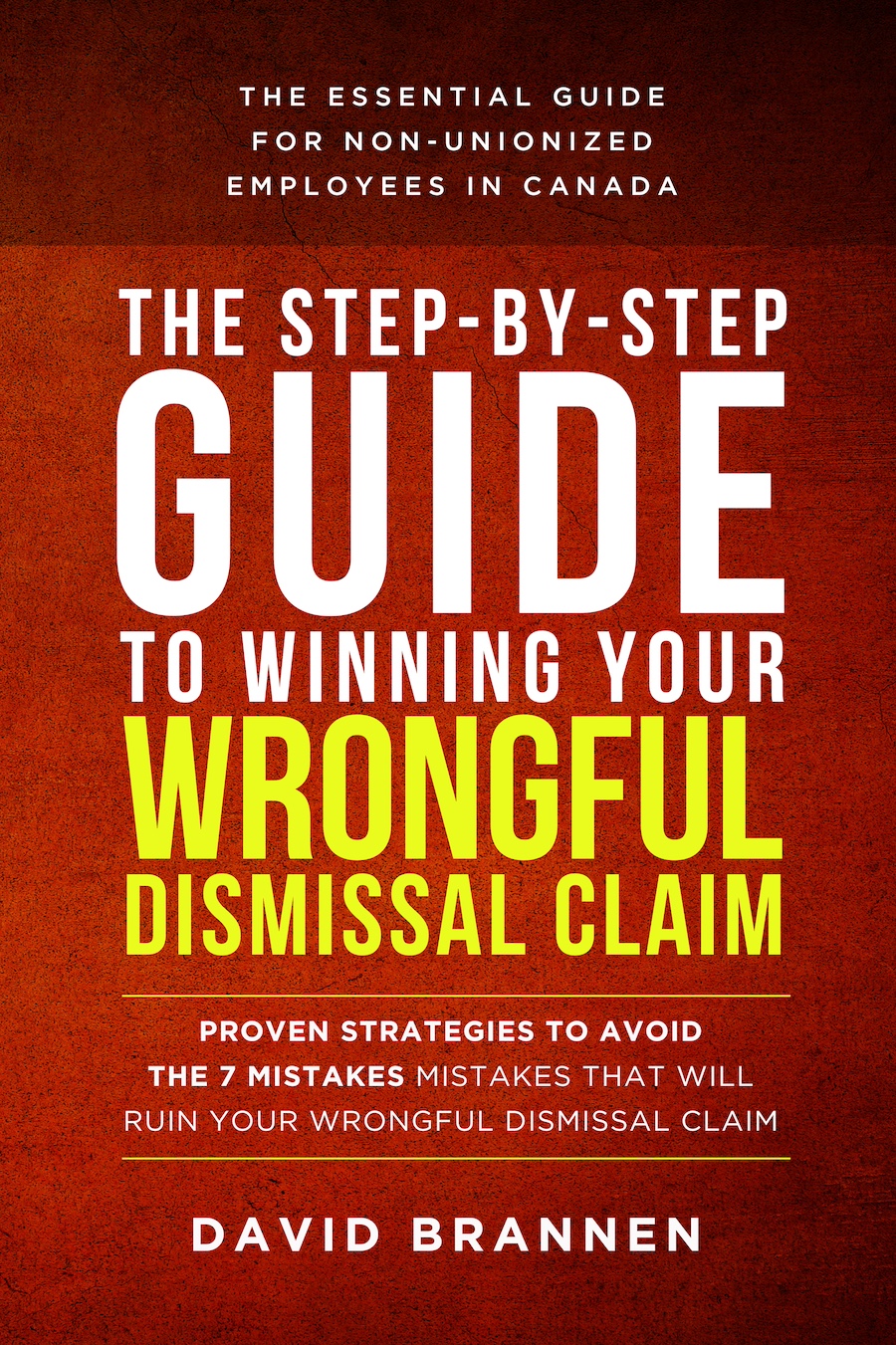CPP Disability Calculator: Free 2024 CPP Benefit Calculation
Understanding your potential Canada Pension Plan (CPP) disability benefits can be complex and overwhelming. To help simplify this process, we present our CPP Disability Calculator, designed to provide a general estimate of the benefits you might receive both retrospectively and in the future.
This tool aims to offer an educational glimpse into your CPP disability entitlements, developed with the expertise of CPP specialist Doug Runchey. While it doesn’t account for every personal detail or recent regulatory changes, it can guide you toward understanding your potential benefits. Keep in mind that the results are approximate and should not be used for financial planning.
We encourage you to consult a qualified financial advisor for advice tailored to your unique situation. Use this calculator to gain a basic, general understanding of your CPP disability benefits, but remember to cross-reference with professional guidance for the most accurate and personalized information.
CPP Disability Calculator
Below is our Canada Pension Plan calculator (CPP calculator). It provides a general estimate of how much you could receive in past and future benefits.
Disclaimer:
The CPP calculator provided on this website is designed for educational purposes only. While we strive to ensure the accuracy and reliability of the information presented, the results generated by this calculator may not be completely accurate and should not be relied upon for financial planning purposes.
Please be aware that the calculations are based on general assumptions and may not take into account all individual circumstances, recent changes to laws or regulations, or specific details of your personal situation. We strongly recommend consulting with a qualified financial advisor or other professional to obtain advice tailored to your individual needs and circumstances.
By using this calculator, you acknowledge and agree that we are not responsible for any errors or omissions or for any actions you take based on the results provided. Use of this calculator is at your own risk.
Calculator Embed
What our CPP disability benefits calculator tells you
As you probably already know, the Canada pension plan calculation is pretty complicated, which is why there aren’t many—if any online CPP disability calculators available. In order to create this calculator, we hired CPP specialist Doug Runchey to help us design an educational calculator that was as accurate as possible without all the necessary information (i.e., your complete history of contributions to the CPP, the number of contribution months (NCM); your Total Adjusted Pensionable Earnings, your general dropout period, dropout period for raising children (if applicable) and your Average Monthly Pensionable Earnings).
So, just to reiterate, this calculator is not completely accurate! It is simply meant to give people an idea of what they could receive in past and future benefits.
The following is an explanation of each data input and output.
1. Date of Birth (MM YYYY)
This field doesn’t need much explanation; simply input the year and month in which you were born.
2. Date of Disability Onset (MM YYYY)
One of the most common mistakes we see in CPP disability claims is choosing the wrong disability onset date, which is the date on which you can no longer perform any substantially gainful work.
There’s a question in the CPP disability application that asks when your last date of work was. So, often, claimants and the Service Canada representative assume your last day of work is the date of disability onset. Now, in many cases, that is correct. For example, someone who suffered a traumatic medical event like a stroke could put their last day at work as their date of disability onset because they were fully able to work prior to the event. However, in many cases, the date of disability onset isn’t that simple. For instance, for someone with a chronic condition that develops gradually, one could argue the disability onset date is earlier than the last day of work. This can be tricky to do without getting an experienced lawyer involved.
Generally speaking, the earlier or further back your onset date is, the better because you will get a bigger retroactive payment if approved. With that said, you must be mindful of the Minimum Qualifying Period, which is the minimum number of years you must have contributed to the CPP to be eligible for disability benefits. So, you have to make sure your disability onset date is somewhere within your MQP, or you won’t qualify for the program.
Check out the video below for more information on choosing the right disability onset date.
3. Date of Application (MM YYYY)
For this input, type in the month and year you submitted your application. If you haven’t yet submitted your application, just insert the month and year you plan to apply.
4. Date of Approval (MM YYYY)
If you are using this calculator, you probably haven’t been approved yet. So, you may have to make an educated guess. As of February 2024, Service Canada estimates that it will take approximately four months, or 120 days, to make a decision on regular CPP disability applications, five business days for terminal illness applications and 30 days for grave conditions.
To learn more about wait times, check out CPP Disability Application Status.
5. Benefit Amount at Date of Onset ($)
This input may also be difficult for those who haven’t received an approval letter. However, it is possible to figure out your payment amount without being approved. Read the section below titled ‘How is CPP calculated’ to learn how to calculate your CPP disability payment amount down to the penny.
If you desire, you can also just guess your benefit amount.
6. Future Growth Rate (%)
In the context of our CPP disability calculator, the future growth rate refers to the projected increase in disability benefits over time due to factors such as inflation and cost of living adjustments (COLAs).
According to FocusEconmics, consumer price inflation in Canada averaged 2.2 percent over the ten years leading up to 2022. In contrast, the average inflation rate for 2022 alone was 6.8 percent.
The following is a breakdown of consumer price inflation over the past ten years in Canada:
| Year | Consumer price inflation |
| 2014 | 1.9% |
| 2015 | 1.1% |
| 2016 | 1.4% |
| 2017 | 1.6% |
| 2018 | 2.3% |
| 2019 | 1.9% |
| 2020 | 0.7% |
| 2021 | 3.4% |
| 2022 | 6.8% |
| 2023 | 3.9% |
Source: Statistics Canada
Consider the chart above if you’re unsure what growth rate to select.
7. Deemed Onset Date (MM YYYY)
For CPP disability, the exact time you’re considered disabled is called your deemed date of disability. You can only be considered disabled up to 15 months before applying (even if you were disabled earlier). The earliest you can start getting the disability pension is four months after this date.
Figuring out your deemed onset date can be a little tricky, so our calculator does it for you.
Here is how we calculated it:
The date of application (field 3) minus 15 months OR the date of disability onset (field 2), whichever is closer to the date of application (field 3).
For example, let’s say a person’s date of application was (04 2022), AND the date of disability onset was (03 2021). The date of application minus 15 months would be (01 2021). In this case, the calculator would choose to display the date of disability onset (03 2021) because it is closer to the date of application (04 2022) compared to the date of application minus 15 months (01 2021).
8. Effective Benefit Start Date (MM YYYY)
The law states that you can start getting a CPP disability pension only four months after your deemed date of disability. So if Service Canada decides to pay you a pension retroactively, they can go back a maximum of 11 months.
In order to reach this calculation, the calculator adds four months to the deemed onset date (field 7).
9. Past Benefits
This output tells you the amount you will receive in CPP disability retroactive benefits. It counts the number of months between the effective benefit start date (Field 8) and the date of approval (Field 4) and then multiplies that number by the Beneift Amount (Field 5).
Related reading: how much tax will I pay on CPP disability?
10. Future Benefits
This field tells you what the value of your future benefits could be while considering the growth rate (field 6).
It counts the number of months from the date of approval (field 4) to age 65 using the date of birth (field 1), then multiplies the number of months by the benefit amount (field 5) and the growth rate (field 6). The growth rate is meant to approximate the rate of annual inflation.
Keep in mind that this output isn’t entirely accurate. It is simply meant to give people a rough idea of what their future benefits may be worth. Please do not rely on this output for financial planning purposes.
The value of CPP-D benefits over time can be substantial, significantly impacting your financial stability. If your benefits have been denied, the stakes are even higher.
Hiring a lawyer to help overturn a denial can make a significant difference. At Resolute Legal, we specialize in disability claims, including CPP disability. Our experienced CPP lawyers understand the intricacies of the application process and can provide the expert guidance needed to secure the benefits you deserve.
Don’t leave your financial future to chance. Book a free consultation with our team today to discuss your case and ensure you get the maximum benefits you’re entitled to.
Schedule Your Free Consultation
Learn MoreHow is CPP disability calculated?
How is CPP calculated? Your monthly CPP disability payment amount is mostly based on your past contributions to the Canada Pension Plan and the number of years you contributed. Generally, the more you contribute to the CPP over a greater number of years, the more you will get.
This is true for both the CPP disability payment and a retirement pension.
How to calculate CPP disability benefit?
The Actual Formula is as follows:
Monthly CPP Disability Payment =
Fixed Pay amount + Contribution Pay amount
As you can see, the CPP disability payment is two parts:
- the Fixed Pay amount and
- the Contribution Pay amount
The Fixed Pay amount is the easy part. This is because it is a specific amount set each year by the CPP administration, and it’s the same for everyone. For example, in 2024, the Fixed Pay amount is $583.32.
The Contribution Pay amount is your calculated monthly CPP retirement pension multiplied by 0.75. This is the hard part.
If you get approved for CPP disability, the CPP administration will first calculate your CPP retirement pension amount. They look at it from the time you stopped working due to disability.
For example, let’s assume that, as of the time, you stopped working due to disability. Your CPP retirement amount is $800 per month. Then, the CPP Administration multiplies that $800 per month by 0.75 to get $600 per month. This is what I call the “contribution amount” because it is based on your actual contributions to the CPP.
Finally, the CPP Administration will take your contribution amount ($600) and then add the fixed pay amount ($583.32) to arrive at a final figure of $1,183.32 – this would be your monthly disability payment.
But, the hardest part of this whole exercise is calculating your CPP retirement amount. You need to know your retirement amount so you can multiply it by 0.75 to get your Contribution Amount for CPP disability. To calculate your CPP retirement amount, you need to know the following:
- your complete history of contributions to the CPP
- the number of contribution months (NCM);
- your Total Adjusted Pensionable Earnings
- your general dropout period
- dropout period for raising children (if applicable)
- your Average Monthly Pensionable Earnings (AMPE)
Once you know all of this information, it is possible to calculate your CPP disability payment amount down to the penny. For a complete explanation of the CPP retirement formula, see Doug Runchey’s article How to Calculate your CPP Retirement Pension. Doug Runchey deserves a big thank you from all of us for making this information publicly available.
Final thoughts on our Canada Pension Plan calculator
Navigating the complexities of CPP disability benefits can be daunting, but our CPP Disability Calculator aims to simplify this process by providing a rough estimate of your potential benefits. However, given the intricacies involved in accurately determining your CPP entitlements, it’s essential to seek professional advice to ensure your calculations are precise and your application is thorough.
If your benefits have been denied or you need guidance through the application process, consider hiring a CPP disability lawyer. Here at Resolute Legal, we specialize in helping individuals secure the benefits they deserve. Book a free consultation with us today to get the support and experience you need to navigate your CPP disability claim successfully.



